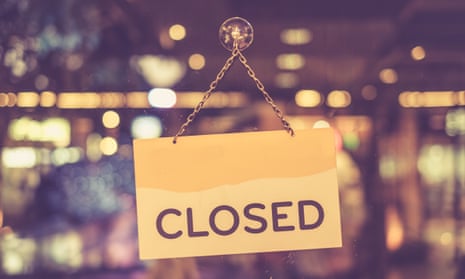With the help of Tanenbaum’s gift of 20 million Canadian dollars (£12million) the ‘Neuro’, the Montreal Neurological Institute and Hospital, is setting up an experiment in experimentation, an Open Science Initiative with the express purpose of finding out the best way to realise the potential of scientific research.
It is hard to be against ‘open science’. Openness – the public sharing and challenging of knowledge – is held up as one of the foundational ideals of science. During the cold war, Niels Bohr was not alone in arguing that this principle should apply to politics too: ‘The best weapon of a dictatorship is secrecy, but the best weapon of a democracy should be the weapon of openness’. For much of its history, science has been ahead of the curve when it comes to openness. However, as access to online information has exploded, scientific research, much of which is hidden behind paywalls, looked like a closed shop.
As open access to the pdfs produced by scientists begins to gain momentum, some have begun to question whether this goes far enough. Evgeny Morozov is critical of rhetorical nods to openness, which he calls ‘the latest opiate of the (iPad-toting) masses… “open” has become the new “green.”’ A 2012 report from the Royal Society argued for meaningful, ‘intelligent openness’ rather than blanket transparency.
One area in which openness threatens to be truly meaningful is intellectual property, and it is here that the Montreal Open Science Initiative is disruptive. It will be built on a hypothesis that could overturn our assumptions about the value of science to the economy. Rather than capturing the potentially lucrative intellectual property from basic and clinical neuroscience, the Neuro will be giving it away.
Governments in science-rich countries are increasingly concerned that they do not appear to reaping the economic returns they feel they deserve from investments in scientific research. Their favoured response has been to try to bridge what they see as a ‘valley of death’ between basic scientific research and industrial applications. This has meant more funding for ‘translational research’ and the flowering of technology transfer offices within universities.
In 1980, the US Congress cemented this new approach with the Bayh-Dole act, granting universities the right to make money from the intellectual property of their researchers. There are some success stories, particularly in the life sciences. Patents from the work of Richard Axel at Columbia University at one point brought the university almost $100 million per year. The University of Florida received more than $150 million for inventing Gatorade in the 1960s. The stakes are high in the current battle between Berkely and MIT/Harvard over who owns the rights to the CRISPR/Cas9 system that has revolutionised genetic engineering and could be worth billions.
Policymakers imagine a world in which universities pay for themselves just as a pharmaceutical research lab does. However, for critics of technology transfer, such stories blind us to the reality of university’s entrepreneurial abilities.
For most universities, evidence of their money-making prowess is, to put it charitably, mixed. A recent Bloomberg report shows how quickly university patent incomes plunge once we look beyond the megastars. In 2014, just 15 US universities earned 70% of all patent royalties. British science policy researchers Paul Nightingale and Alex Coad conclude that ‘Roughly 9/10 US universities lose money on their technology transfer offices… MIT makes more money from selling T-shirts than it does from licensing’. A report from the Brookings institute concluded that the model of technology transfer ‘is unprofitable for most universities and sometimes even risks alienating the private sector’. In the UK, the situation is even worse. Businesses who have dealings with universities report that their technology transfer offices are often unrealistic in negotiations. In many cases, academics are, like a small child who refuses to let others play with a brand new football, unable to make the most of their gifts. And areas of science outside the life sciences are harder to patent than medicines, sports drinks and genetic engineering techniques. Trying too hard to force science towards the market may be, to use the phrase of science policy professor Keith Pavitt, like pushing a piece of string.
Science policy is slowly waking up to the realisation that the value of science may lie in people and places rather than papers and patents. It’s an idea that the Neuro, with the help of Tanenbaum’s gift, is going to test. By sharing data and giving away intellectual property, the initiative aims to attract new private partners to the institute and build Montreal as a hub for knowledge and innovation. The hypothesis is that this will be more lucrative than hoarding patents.
This experiment is not wishful thinking. It will be scientifically measured. It is the job of Richard Gold, a McGill University law professor, to see whether it works. He told me that his first task is ‘to figure out what to counts… There’s going to be a gap between what we would like to measure and what we can measure’. However, he sees an open-mindedness among his colleagues that is unusual. Some are evangelists for open science; some are sceptics. But they share a curiosity about new approaches and a recognition of a problem in neuroscience: ‘We haven’t come up with a new drug for Parkinson’s in 30 years. We don’t even understand the biological basis for many of these diseases. So whatever we’re doing at the moment doesn’t work’. There are plenty of issues to work out, including how young scientists can progress while giving away the fruits of their labour and how patient privacy should be protected, but Gold is sanguine about this shared experiment in open science: ‘Even if we’re wrong, we’re contributing to our knowledge of how science works’.
This article was updated after launch to correct Larry Tanenbaum’s name.
